The concrete mix is \u200b\u200ba solid composition that is able to withstand a considerable load. But the most basic aggregate, which is used for the manufacture of a concrete mix - is sand. For its origin, it has 5 varieties. At the same time, it happens both natural and artificial. Without it, no one, even the most modest construction. Due to the sand, the foundation or masonry will stand indisputably decades. The most important thing is to correctly choose the type of material for specific construction work. So, what sand is better for the construction and pillow of the foundation?
Content
Sand and its quality
Sand - Building bulk material, which refers to varieties of sedimentary rocks. Sand is not only natural fossil, which is produced in various ways (hence such a variety of mining form). Currently learned to extract sand artificially. Of course, this is not entirely sand in direct understanding, as it is produced by crushed stone crushing.
It doesn't matter what type and variety of sand you like the most important requirements for it - this is its quality. Sand must be clean, without impurities and additives.
Crude sand can maximize such foreign substances as leaves, branches, large pebbles, etc., all that can be easily eliminated by passing this building material through the sieve. Sometimes in the sand there are components such as clay or lime, earth or peat. From such sand impurities to clean is very difficult, therefore, too contaminated bulk material (if the presence of foreign substances is more than 5%), it is not desirable to use on purpose. The problem lies in the fact that such sand loses its natural properties, and the quality and strength of the concrete deteriorates noticeably. That is why all indicators need strict control.
If you want high-quality building material, laboratory examination is needed, since only it can determine the percentage of sand and other components. It is worth noting that this procedure is worth a lot and not everyone by pocket. But there is another way to determine the quality of sand - it has long been used: it is free and reliable.
It is necessary to take a transparent bottle of any material and any container. Approximately the third part of the bottle must be covered with sand, and half the bottle pour clean water. Close the bottle and thoroughly sweep it. Leave for 10 minutes. After the time expires, study the water in the bottle. If the water remained clean - this is a very good indicator, the sand is suitable for the foundation pillow and in general, for any solutions. But if the water is muddy and dark, then it is better to use this sand at all in construction.
Sand under the foundation: varieties
Today there are several varieties of this bulk building material. Which one is the best for the construction of the foundation?
According to the method of mining sand, it happens: river, sea, lake, career and artificial (crushed).
River sand
As clearly out of the name, it is raised from the bottom of the river. It is believed that this is the best building material, because it is universal, as it is designed for multipurpose use.
Experts note that river sand is the best solution for the foundation.
In principle, the sand from the river is good for both internal and external work: for the construction of brickwork and for plastering walls. In addition, this bulk material is used to create drainage systems.
The main advantage of river sand is from nature very rarely there are some impurities. That is why this sand almost never check for their presence. River sand can really be called the cleanest material from all known varieties.
The only drawback of this super material is its price. The real river sand is not cheap.
Sea sand
As it is clear from the name of this material, the sand is raised from the bottom of the sea.
In this sand, all sorts of organic compounds and impurities are often found, so before using it, it is necessary to clean carefully. Unfortunately, not all manufacturers are responsible approach to their duties, so often building stores offer natural sea sand without proper processing.
Specialists advise before purchasing this building material, check its composition: how qualitatively it was cleaned from the organic and impurities and in general - was she?
The sand is very expensive: first, its prey is not from cheap pleasures, and secondly, cleaning is also worth a lot of money.
You can use for the foundation, but this is the most extreme option, it is better to refuse if there is an opportunity.
Lake sand
As it is clear from the title, the sand raise the lakes from the bottom.
This is a major sand, besides, it contains almost twice as much organic compounds than in the marine analogue. It is also worth considering that it has a lot of snacks, as it is not washed, unlike the river, natural way.
Not the best option for the construction of the foundation, as it should be thoroughly rinsed, but only then use it.
Career sand
As it is clear from the name, the sand from the ground is extracted - in the careers, in an open way.
Its properties are much worse than the river and marine analogue. The problem is that he often has a lot of clay impurities, but it is very cheap. This is the main dignity of the bulk building material from the career.
Before using this sand, it must be checked for extinct impurities, and also carefully sift.
Specialists do not advise building a foundation from natural career sand. But if it is cleaned, it is quite a tolerable material that today is used everywhere in construction.
Sand must be pre-rinsed, dried and sifted - and so several times before he goes to construction bases.
Artificial (crushed) sand
As it is clear from the name, it is not entirely sand, but a small crumb, in which the rock and crushed stone is grinding with special powerful machines.
Such sand is used only in one sphere - they are filled with concrete mixes, since crushing does not make sands smooth and neat. They have different, most often incorrect form, which helps the solution tightly grip. Thanks to such properties, the cement is also saved, and time.
The crushed sand is a novelty, which has not yet found a mass application, however, experts are confident that the future of this bulk material is definitely favorable.
Sand under the foundation: fractions
In addition to the production method, the sand still has differences in fractions - granulometric composition.
Sand has 7 species of size. In this case, not all of them are used to make the concrete mix for the foundation.
The sand has the following characteristics:
- Up to 0.7 mm - very thin grains. Sand that cannot provide reliable and good strength, so it does not suit the construction of the foundation. Place of application: Foam concrete and aerated concrete, as well as polystyrene bauton.
- From 0.7 to 1 mm - thin grains. Sand, which is also not capable of ensuring the strength of the concrete mix, as it has insufficient density. For the construction of the foundation is not suitable, it is used for plastering.
- From 1 to 1.5 mm - very small grains. Sand, which can be added to the concrete mix, but it's not worth waiting for a good strength from it. For the construction of the foundation, it is better not to use, but you can apply for screed and bulk floors.
- From 1.5 to 2 mm - small grains. Sand that can be used for solutions, but only if it has a lot of cement. Not the best option for the foundation, but ideal for creating bricks, tiles and tiles.
- 2 to 2.5 mm - medium grain size. Sand, which is best suited for construction and concrete mixes, indispensable for plastering walls.
- From 2.5 to 3 mm - large grains. Sand, which is used to prepare high-level concrete solutions, are used both in private and industrial construction.
- From 3 to 3.5 mm - increased grain size. Sand, which is used for sandy pillows, an indispensable tool when filling the foundation of sand, for the fill of the structures from the progress.
- From 3.5 to 5 mm - very large grains. Sand, which is used in the construction of roads.
What sand is used for foundation
As you know, the foundation is the basis of any capital structure. It is from him, actually, and the reliability and durability of the design depends. Summing up the above described above, you can make your own conclusions about which sand is best used for the foundation.
When erecting the foundation, pay attention to the river or career (but necessarily washed and peeled!) Sand. These are the best options for today for the construction of the foundation. True, river sand is more expensive, unlike a career - recognized economical option.
Choosing sand from the manufacturer, look at:
- The presence of impurities. Clay or Il is not the best satellites for a bulk material, as there will be no clutch in a mixture of all components. Due to unnecessary impurities, it will not get a good density of the foundation - it will crumble, break, crumble.
- Sand grain size. Grainy plays a big role for high-quality construction and the strength of the foundation. Therefore, choose large or medium grains - in this case, the concrete solution will be much more efficient.
- Availability. Not always in stock there is one or another type of sand, so it is not necessary to order and wait a long time, for example, sea sand, it is better to pay attention to the well-washed with qualified technique, say, career sand.
- If large gravel is under sand in the sand, then it must be removed - sift through the sieve. If gravel is not large (in diameter not more than 5 mm), then it is permissible in the sand, but not more than 10%.
- The humidity of the sand should not exceed more than 5%. If the sand has a humidity of more than 10%, it can be used for the foundation, but it will be necessary to revise the amount of water that is entered into the mixture to obtain a solution. It will be necessary to reduce it.
Build the foundation: Sand proportions
Before purchasing any building materials (including sand), you need to decide how much what you need. It is better that you are not later distracted from work in search of what you lack to continue construction. The exact amount of the necessary bulk building materials is difficult to determine, so it is better that you have in abundance.
Many builders have their own proportions of sand and concrete - they make up 5: 1 (sand must be taken more). Experts assure that such a solution is optimal, since the solution is obtained dense, uniform and, which is important, high quality - strong and reliable. What is noteworthy - the type of sand and its size is absolutely irrelevant!
If you need not only the fill of the foundation of sand, but also rubble, it will be necessary to change the proportions slightly. For such works there are two options for the composition of the solution.
A number of specialists are offered cement: rubble: Sand to take in the ratio of 1: 2: 4, but many builders assure that it is best if the proportion is a little modified, cement: crushed stone: sand - 1: 3: 5. Whatever it was, but Sand must necessarily be more several times - this is the key to good masonry and a strong foundation.
And, by the way, do not forget about the foundation's pillow - the amount of sand necessary for these purposes must be taken and count separately!


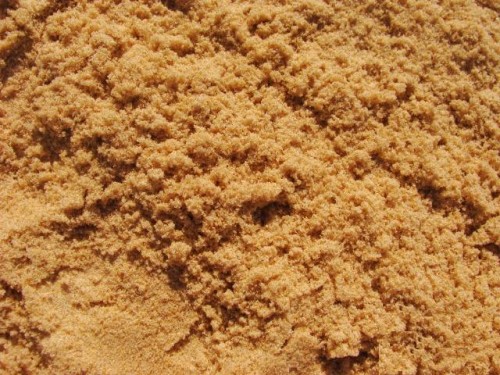
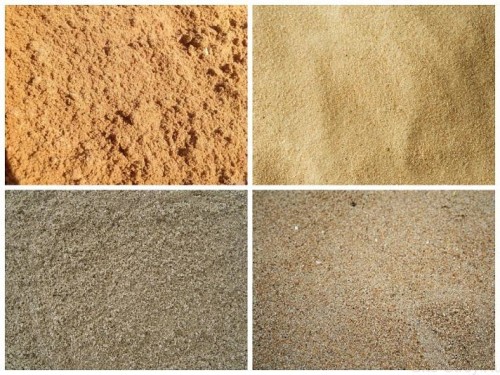
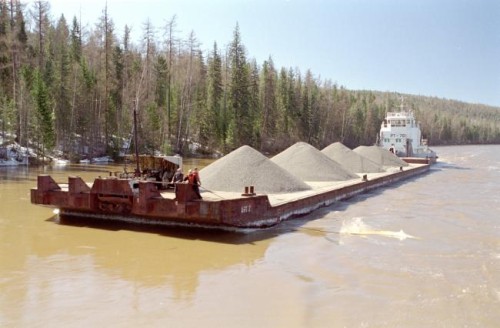
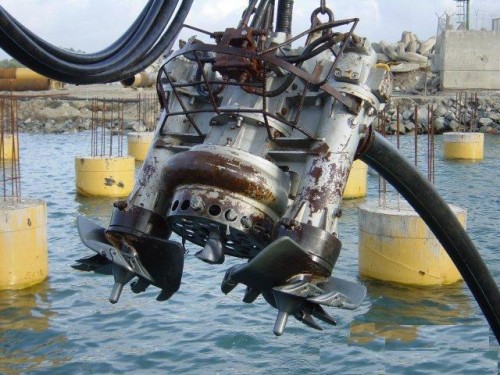
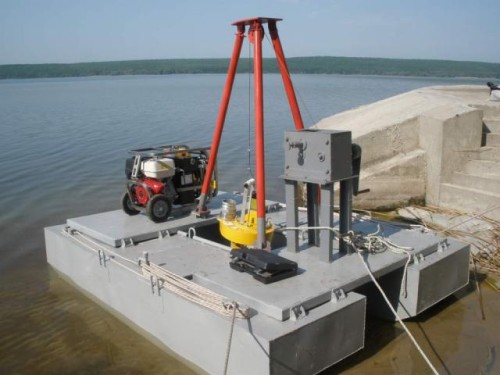
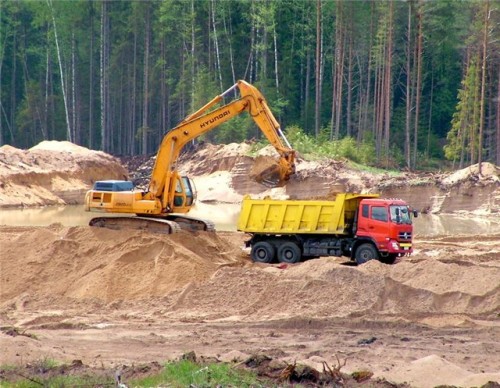
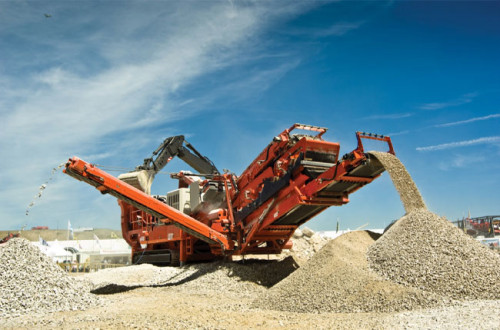
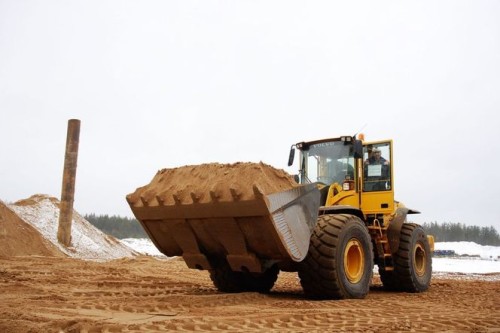
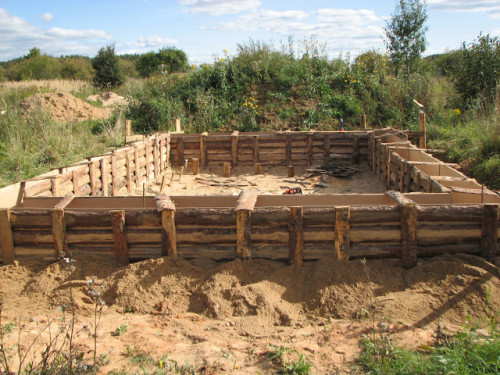
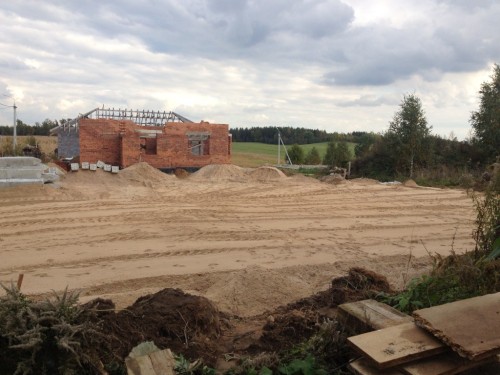

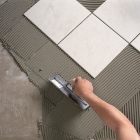


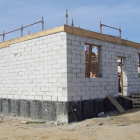
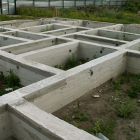


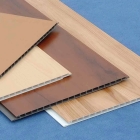
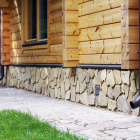
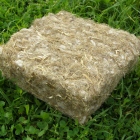
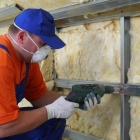
 Start a discussion ...
Start a discussion ...